Disclosure: This article contains affiliate links. We may earn a commission from purchases at no extra cost to you, which helps our travel content.
When most travelers think of Peru, Machu Picchu and Cusco immediately come to mind. But after five trips to this incredible country, I've discovered that some of Peru's most authentic experiences lie in less-trodden regions like Chiclayo. This coastal city in northern Peru became my unexpected favorite during a week-long detour from my climbing itinerary last spring. What started as a quick stopover turned into a fascinating deep dive into pre-Incan history, vibrant craft traditions, and some of the most genuine local interactions I've had anywhere in South America.
Navigating Chiclayo Like a Local
After landing at Capitán FAP José A. Quiñones Gonzales International Airport, I quickly realized Chiclayo operates at a different pace than Lima or Cusco. The city sprawls outward from the central Plaza de Armas, and while it might seem chaotic at first, there's a rhythm to the madness that becomes apparent after a day or two.
Rather than staying at one of the chain hotels near the plaza, I opted for a small family-run hostel called La Casa de Juan in the Campodónico neighborhood. At $25/night including breakfast, it was not only budget-friendly but provided invaluable local connections. The owner, Juan Carlos, is a former archaeology student who mapped out a week's worth of adventures you won't find on TripAdvisor.
For getting around, avoid the tourist taxis that charge inflated prices. Instead, download the Uber-equivalent Beat app before arriving. Local drivers were surprisingly tech-savvy, and rides rarely exceeded $2-3 anywhere within the city. For longer day trips, Juan Carlos connected me with his cousin who offered fair rates for full-day excursions in a well-maintained Toyota 4Runner.
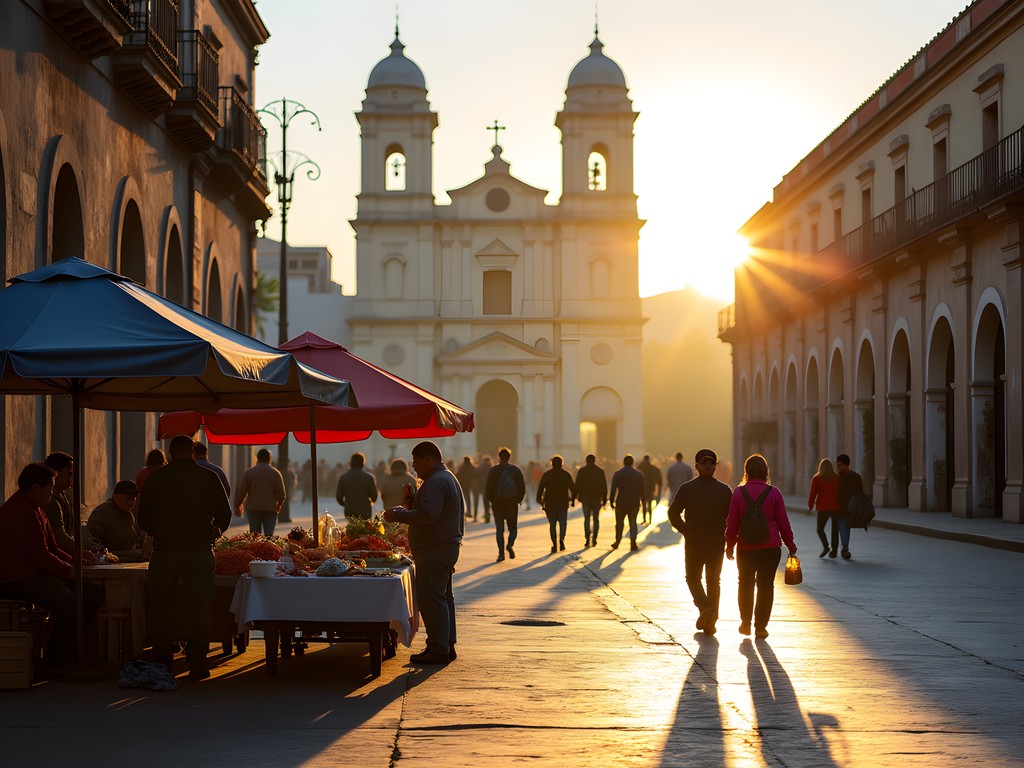
💡 Pro Tips
- Stay in family-run guesthouses rather than chain hotels for better local connections
- Download Beat app (Peru's rideshare app) before arriving to avoid taxi price gouging
- Learn basic Spanish greetings and numbers—locals appreciate the effort and will open up more
Archaeological Treasures Beyond the Tourist Trail
While Sipán and Túcume are rightfully famous archaeological sites near Chiclayo, the real magic happens when you venture to the lesser-known ruins. My network engineering background gives me an appreciation for complex systems, and the ancient water management at Chotuna-Chornancap blew me away with its ingenious design.
The site receives perhaps a dozen visitors on a busy day, compared to the hundreds at Sipán. I spent three hours with Don Esteban, a local guide whose grandfather worked on the original excavations. His knowledge went far beyond the standard tour script—he showed me how the ancient builders used specific angles in their adobe construction to maximize stability in this earthquake-prone region.
For this expedition, my trekking poles proved invaluable. The terrain around these sites is uneven and sometimes muddy, especially during spring. Having reliable poles kept me stable while navigating the complex during a surprise afternoon shower.
Pro tip: Visit on Thursdays when local archaeology students conduct field studies. They're often eager to practice English and share the latest discoveries that haven't made it into guidebooks yet.
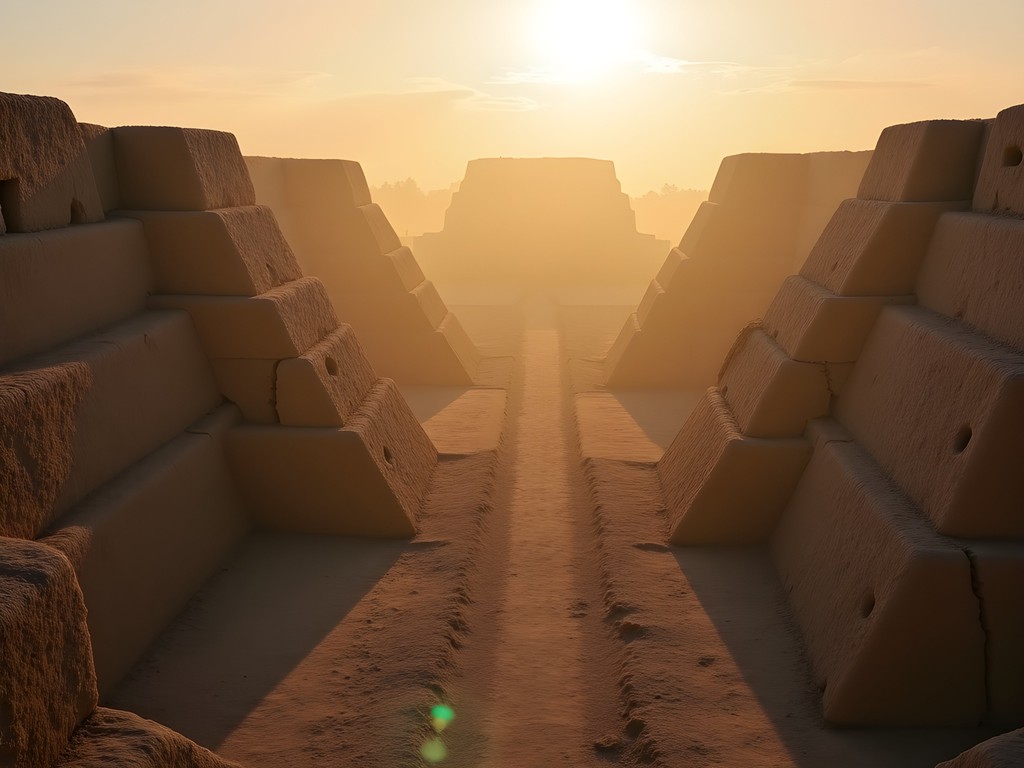
💡 Pro Tips
- Visit Chotuna-Chornancap on Thursdays to meet archaeology students
- Hire local guides directly at sites rather than through hotels for better rates and knowledge
- Bring cash in small denominations—most smaller sites don't accept cards
The Craft Masters of Monsefú
My dual passion for climbing and traditional crafts led me to the small town of Monsefú, about 15km from Chiclayo. This unassuming place is home to some of Peru's most skilled artisans, particularly in textile arts. Unlike the commercialized craft markets in tourist centers, the workshops here produce pieces primarily for local use and special occasions.
I spent an entire day with Doña Teresa, a master weaver who's been creating intricate textiles for over 50 years. She showed me how she harvests native cotton (which naturally grows in five different colors) and processes it using techniques unchanged for centuries. The precision and patience required reminded me of troubleshooting complex network issues—except her debugging has been refined over millennia.
Before visiting, I'd recommend picking up a Spanish phrasebook with craft-specific vocabulary. The artisans rarely speak English, and having terminology for specific techniques will deepen your appreciation of their work.
For photographers, I found my light reflector essential for capturing the intricate details of the textiles. The workshops often have limited lighting, and this simple tool helped me document the incredible craftsmanship without disturbing the natural setting.
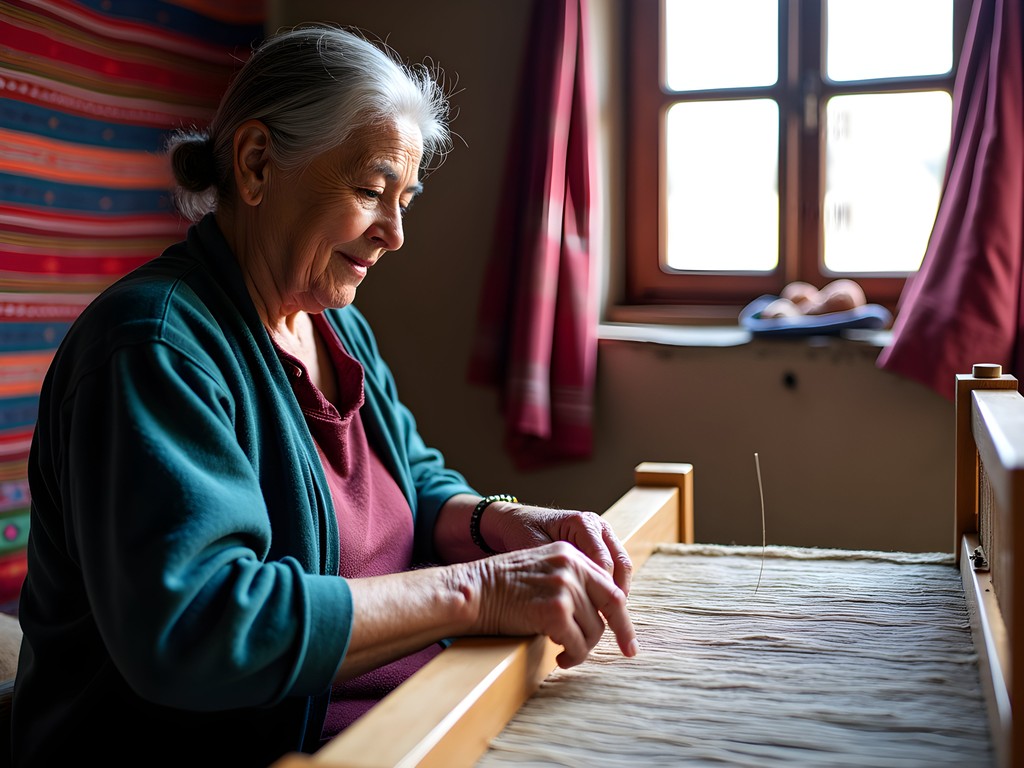
💡 Pro Tips
- Visit Monsefú on weekday mornings when artisans are most active in their workshops
- Bring small denominations of USD to purchase crafts directly from artisans (better rates than using soles)
- Ask permission before photographing craftspeople or their work—offering to send them digital copies is appreciated
Culinary Adventures in the Mercado Modelo
As someone who spends hours on rock faces working up an appetite, food markets are always a highlight of my travels. Chiclayo's Mercado Modelo isn't just a place to eat—it's a cultural institution where you can experience the region's culinary heritage in its most authentic form.
Skip the sanitized restaurants around the Plaza de Armas and head straight to the market's second floor where local office workers and families gather for lunch. Stall #48, run by Señora Pilar, serves the best ceviche I've had anywhere in Peru. Her secret? The fish is brought in by her husband who fishes just off the coast at Pimentel each morning.
For the adventurous eater, try the regional specialty espesado—a hearty corn stew with cilantro and goat meat that sustained generations of field workers. It pairs perfectly with chicha de jora, a lightly fermented corn beverage that's been produced in the region since pre-Columbian times.
I always travel with my collapsible food container which came in handy for taking leftovers from the generous market portions. It's silicone, lightweight, and packs flat when not in use—perfect for the budget traveler who wants to make the most of each meal.
My network engineer's methodical nature led me to create a system: I'd try one new dish each day, alternating between seafood and meat options, and return to favorites on my final day. This approach led to discovering causa lambayecana, a regional variation of the classic Peruvian potato dish that incorporates local yellow peppers and is absolutely worth seeking out.
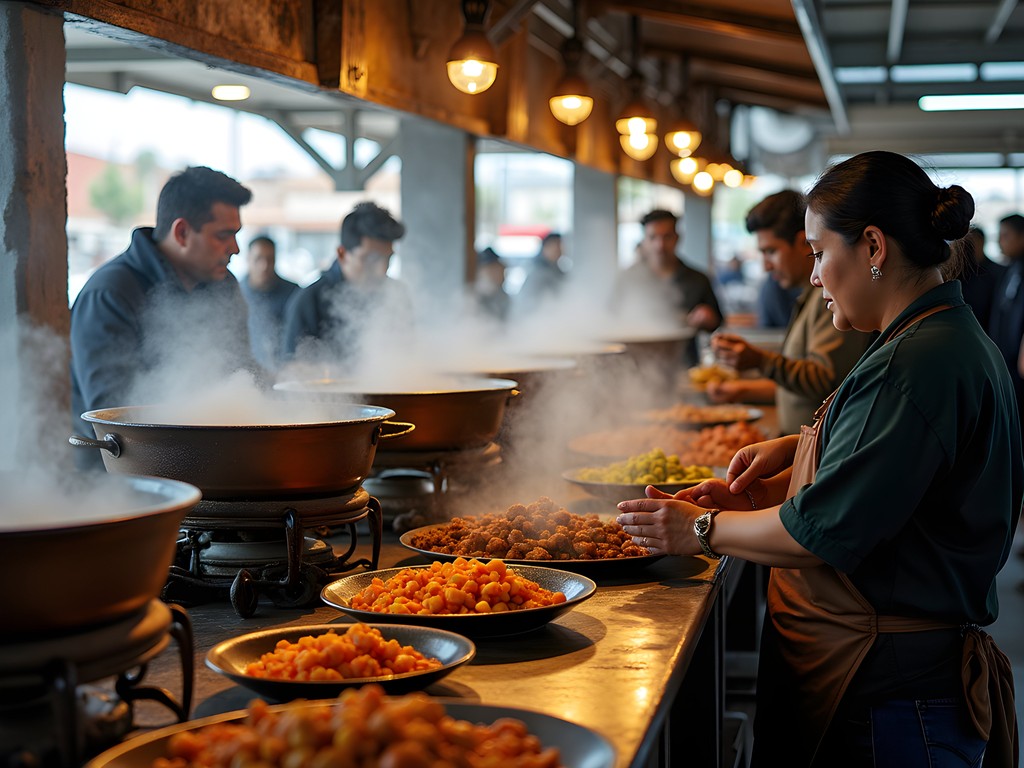
💡 Pro Tips
- Visit the Mercado Modelo between 11:30am-1pm when food is freshest and all stalls are operating
- Look for stalls with lines of locals—they know where the best food is
- Bring your own water bottle as drinks at the market can be overpriced
Weekend Escape: The Hidden Beaches of Pimentel
After days of exploring archaeological sites and craft workshops, I needed some physical activity to balance my cultural immersion. Just 12km from Chiclayo lies Pimentel, a beach town that locals flock to on weekends but remains largely unknown to international travelers.
The real magic of Pimentel isn't the main beach (which gets crowded), but the secluded coves accessible only by a 30-minute walk north along the shoreline. Here, local fishermen still use traditional reed boats called caballitos de totora—virtually identical to those depicted in thousand-year-old Moche pottery.
I spent a morning with fisherman Miguel, who offered to teach me how to navigate these ancient watercraft for a modest fee. The balance required reminded me of technical climbing—small adjustments make all the difference between staying upright and getting soaked! My quick-dry towel proved essential for this adventure, as I inevitably took several dips in the Pacific before mastering the technique.
For those interested in more conventional water sports, the consistent winds make Pimentel an excellent spot for beginning kitesurfers. I took an impromptu lesson with Kite Peru, a small operation run by brothers Diego and Marco. At $45 for a three-hour introduction including equipment rental, it was significantly more affordable than similar experiences I've had in more touristy destinations.
After working up an appetite, don't miss the small family restaurants (known as ramadas) that set up along the beach each weekend. They serve the freshest possible seafood at prices that make Lima restaurants seem extortionate. My go-to became the arroz con mariscos at Ramada Rosita—a mountain of seafood-laden rice that fueled my afternoon adventures for under $5.
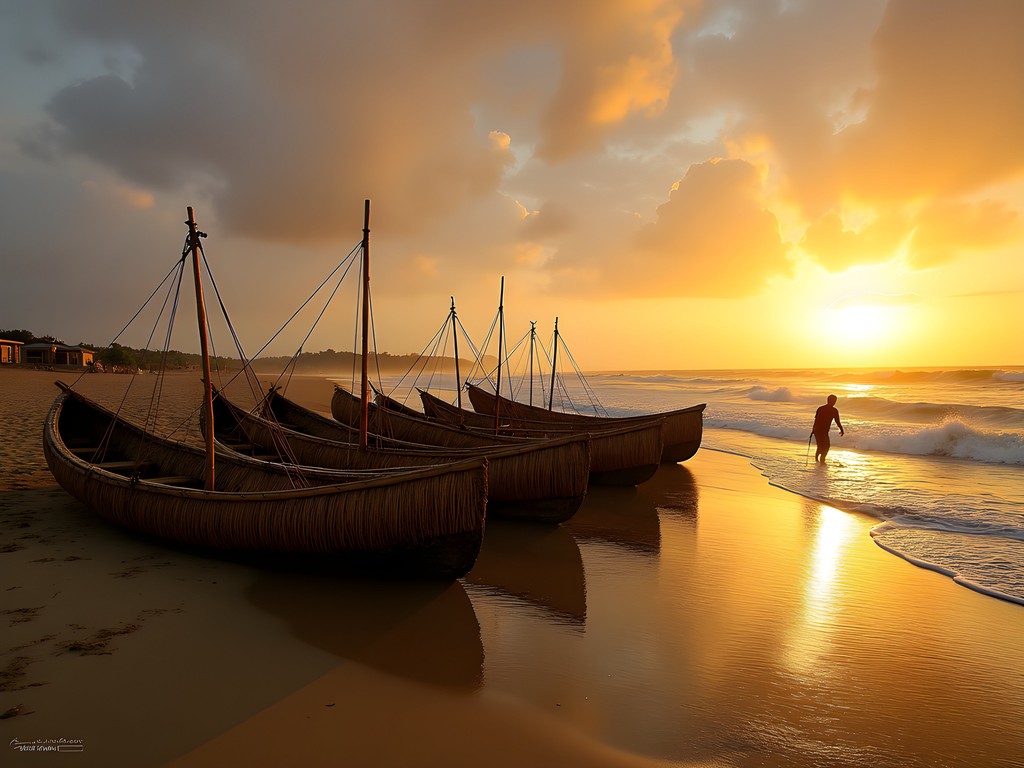
💡 Pro Tips
- Visit Pimentel on weekdays to avoid local weekend crowds
- Bring sun protection—the UV index is extremely high even on cloudy days
- Arrange caballito de totora lessons early morning when the water is calmest
Final Thoughts
My week in Chiclayo transformed what was supposed to be a quick stopover into one of my most cherished Peruvian experiences. The region offers a perfect balance of cultural immersion, historical discovery, and outdoor adventure without the overtourism affecting other parts of Peru. What makes Chiclayo special isn't just its archaeological treasures or culinary delights, but the openness of locals who haven't yet grown weary of foreign visitors.
As someone who values both technical challenges and traditional knowledge systems, I found Chiclayo's blend of ancient wisdom and practical innovation deeply satisfying. The precise engineering of pre-Columbian water systems, the mathematical complexity of traditional textile patterns, and the physics knowledge embedded in caballito navigation all speak to sophisticated understanding that predates modern science by millennia.
If you're seeking an authentic Peruvian experience that goes beyond the standard tourist circuit, give Chiclayo the time it deserves. Come with curiosity, respect, and a willingness to step outside your comfort zone. The rewards—genuine connections, uncrowded sites, and insights into living traditions—will far outweigh any minor inconveniences of traveling in a less touristed region.
✨ Key Takeaways
- Chiclayo offers authentic cultural experiences without the crowds of southern Peru
- Local connections are key to discovering hidden gems—stay in family guesthouses and hire local guides
- The combination of archaeology, traditional crafts, and culinary experiences makes Chiclayo ideal for curious travelers
- Spring (September-November) provides optimal weather and fewer tourists
📋 Practical Information
Best Time to Visit
Spring (September-November)
Budget Estimate
$40-60 per day including accommodation, food and local transport
Recommended Duration
5-7 days
Difficulty Level
Moderate

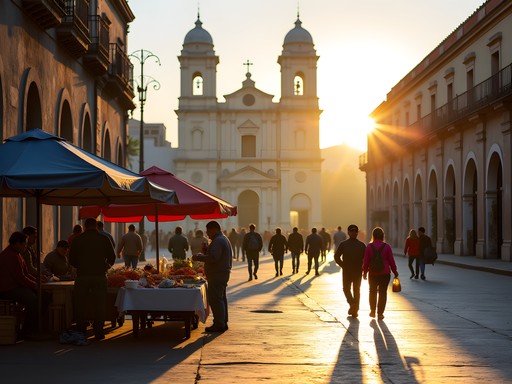
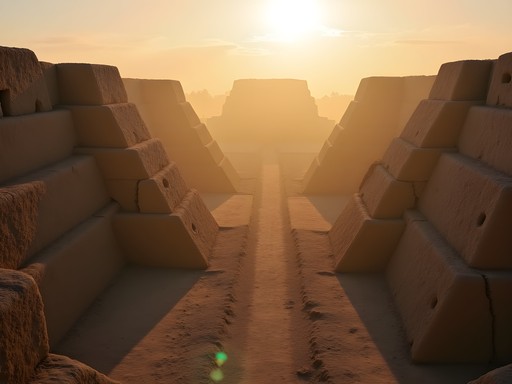
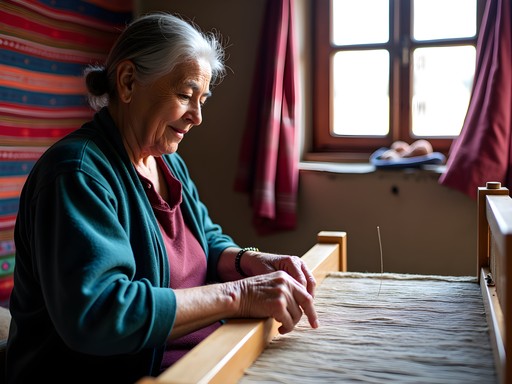
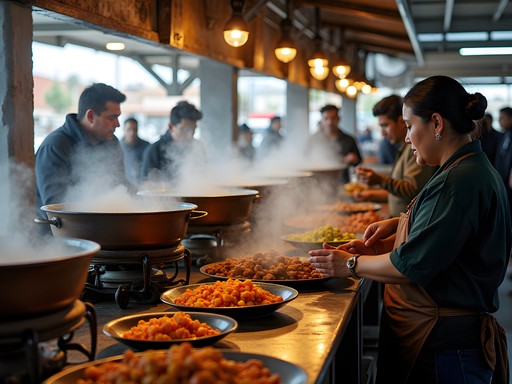



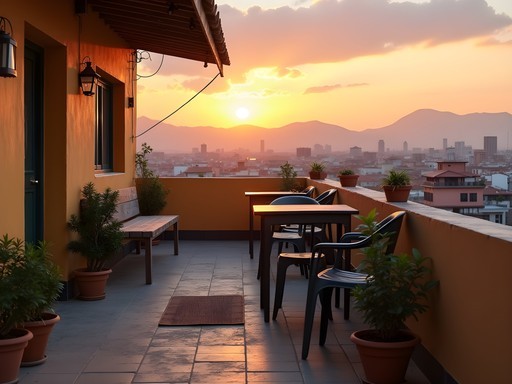

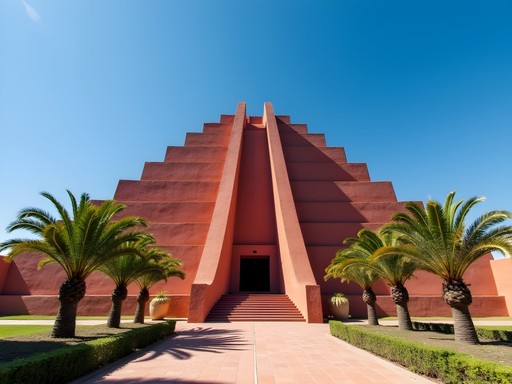
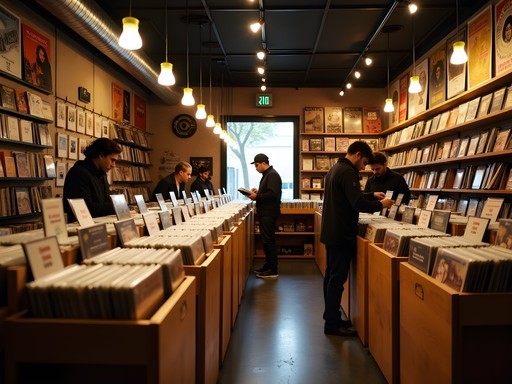
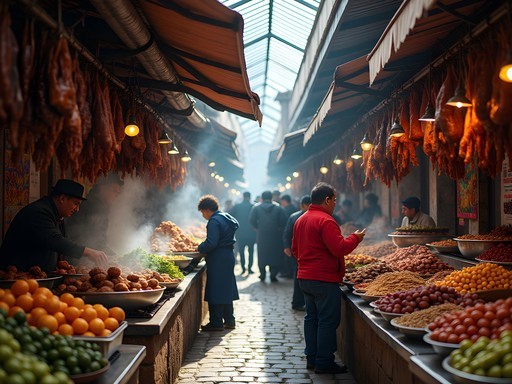

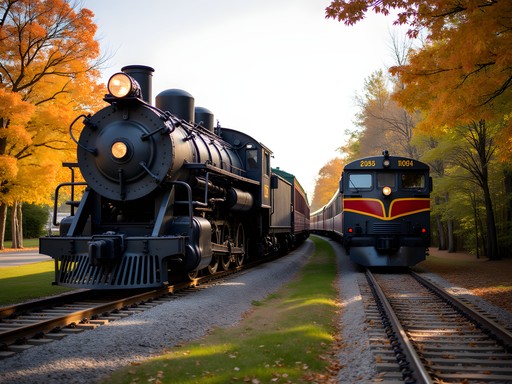
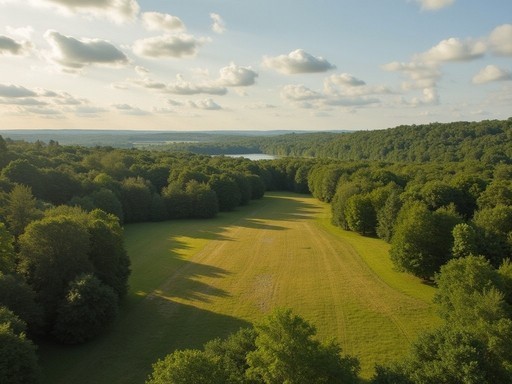
Comments
sunsetone
Those archaeological sites look amazing! Adding Chiclayo to my bucket list!
photoking
YES! Finally someone writing about Chiclayo! I was there last year and totally agree that it's criminally underrated. The Mercado Modelo was a sensory overload in the best way possible. Did you try that fish soup place in the back corner? The lady with the red apron? Changed my life! And the ruins at Túcume were mind-blowing with almost no other tourists. Did you make it to the small ceramics workshop in Monsefú where the old man shows you how they've been making pottery the same way for generations? My photos there came out amazing with that natural light coming through the windows.
Hunter Thompson
That ceramics workshop sounds brilliant! Adding it to my list. Was it easy to find?
photoking
It's a bit hidden! Ask locals for 'Taller de Cerámicas de Don Miguel' - it's down a small alley off the main square. No sign, just a blue door. Totally worth finding though!
redphotographer
I visited Chiclayo last year and completely agree about the Mercado Modelo! That ceviche stand you mentioned near the north entrance changed my life. Did you get a chance to visit the small weaving collective outside of Monsefú? The ladies there taught me some basic techniques and I ended up spending half a day just chatting with them in my broken Spanish. Such a refreshing change from the tourist crowds in Cusco.
coffeephotographer
That ceviche stand is legendary! I still dream about it.
wavestar
This is exactly what I've been looking for! I'm heading to Peru next spring but wanted to go beyond the usual tourist spots. How many days would you recommend for Chiclayo?
Cole McDonald
I'd say 3-4 days minimum! That gives you time to explore the archaeological sites, spend a day in Monsefú with the artisans, and really enjoy the food scene without rushing.
wavestar
Perfect, thanks! Adding it to my itinerary now.
Venture X
Premium card with 2X miles, $300 travel credit, Priority Pass